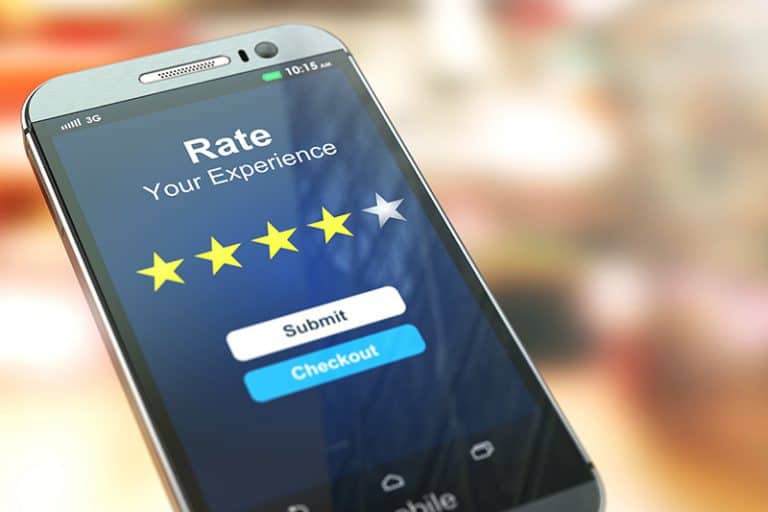Omnichannel Customer Experience: what it is and why it matters.
Table of Contents
ToggleThe simplest form of customer experience we could imagine might be seen as working within a single channel. Such simple transactions are very rare indeed – perhaps a tray of produce with an honesty box – or buying a newspaper from a coin-operated dispenser? Anything much more than that and multiple channels are at play in shaping the customer experience. The most ordinary of every day buying experiences work through a range of channels – even buying lemonade at a child’s roadside lemonade stand. We notice it initially through a visual display – perhaps a handwritten sign telling us ‘Lemonade $1’. Then there is a conversation, tasting the produce and so on. Peripheral aspects like waste disposal (or better yet, recycling) and then word of mouth communication telling others to go buy (or maybe avoid) the child’s lemonade.
Move up to buying girl scout cookies at the door, and we become aware of an even wider multi-channel customer experience:
- We have been made aware of the cookies through advertising, word of mouth, and our own history.
- There are a range of places we can buy them – at work, via callers to the door, etc.
- We interface with the girl scouts actually selling them
- We feedback, complain, compliment.
So, multi-channel is the norm, but once we get into a commercial environment, with supplier companies delivering to a large number and wide range of customers, then the number of channels in the ‘multi-‘ goes up considerably. Traditional approaches often meant the different communication channels that go to make up the customer experience were developed, maintained, and improved in a degree of isolation. At worst, this delivers a confusing situation for the customer, with unmatched messaging. Even at best, it misses the opportunities for reinforcement for an aligned effort across the range of channels. Developing and delivering an integrated approach across the channels is essential if a supplier is to generate a connected consumer experience – where the customer receives a single message via all of the channels and can, therefore, much more readily identify with the supplier and have a more comfortable experience.
From Multichannel to Omnichannel Customer Experience
So, if multi-channel is the norm and inconsistency across the channels causes inefficiency and ineffectiveness, then we need to consider all the channels and make use of them in a way that delivers a connected customer experience. The Latin word ‘omnis’ means all or every, so applying that means if we use all the relevant channels, we can deliver omnichannel customer experience. Effectively, this means understanding all the touchpoints between you as a supplier and your customer – where communication happens – or could (or should) happen. And not only should all the relevant channels be made use of, but they should also be seen as aspects of a single combined customer experience – the customer should never be left feeling that a supplier is ‘good at this part’ or ‘bad at that part.’ If the customer perceives different kinds of approach through the different channels, then omnichannel customer experience hasn’t been fully achieved – what happens in one channel needs to be consistent with what happens via others – and build to a single smooth experience for the customer.
In our modern digital world, the obvious channels open to suppliers might include:
- Face-to-face: still the basic human connection for most of us, most of the time. Its unavailability for much of 2020 has emphasized how important it still is to human interaction.
- Other real-time interactions like using web-based sales or support portals or chat or direct messaging.
- Contact centers or help/service/support desks – typically question and answer communication.
- Making information available online for use when required. Most obviously these days as FAQs on support sites, but also via manuals and supporting information.
- Social media – an ever-changing environment of applications and platforms – offering both an advertising kind of touchpoint (telling customers what is available or possible) and direct interaction
- Printed communication – still very popular and much used covering direct mail, brochures, flyers, and traditional newspaper and magazine advertisements. Until very recently, airline travel, with a captive audience and a lack of electronic connections, was a good example of how powerful it can be when the newer methods aren’t in play.
Of course, there are other channels, depending on what, where, and who supplier and customer are. Listing them like a checklist to be adopted is absolutely not the point. Rather it is about:
- Recognizing all the existing touchpoints between supplier and customer, understanding how and when they operate.
- Identifying alternative or additional channels that might enhance the customer experience.
- Establishing which channels are relevant, which are not, which might be worth investigating or exploring, and how relevance is best measured.
- Integrating the approach, messages, rules, requirements, etc. across those channels.
- Monitoring and adapting. Nothing stays the same anymore – what was right yesterday can be wrong today.
Remember relevance matters most
The key word in all the above is not ‘omnichannel,’ but ‘relevant.’ Effective cross channel customer experience is not about using every conceivable means of communication and interaction with customers. It is about making the best of what is possible and understanding that the means of communication can be delivering a message – for good or ill. Using innovative applications and rising social media platforms can give a positive message of modern thinking to an innovation-savvy target customer. Using a medium that is associated with opposing views can make customers distrust and reject without even reading the message. Advertising in the wrong paper immediately turns off potential customers who disagree with that paper’s attitudes and policy – if you wanted to sell anything to a Liverpool football supporter, you would not advertise in the Sun newspaper!) In summary, just about every customer experience rests on multiple channels and a range of touchpoints. These need to be understood and treated holistically to deliver a connected customer experience. Moving up to an omnichannel customer experience requires awareness of both the actual and possible touchpoints and maintaining those to be relevant and constructive means of communication.
Summary:
Omnichannel Customer Experience
The Latin word ‘omnis’ means all or every, so applying that means if we use all the relevant channels, we can deliver omnichannel customer experience. Effectively, this means understanding all the touchpoints between you as a supplier and your customer – where communication happens – or could (or should) happen.





